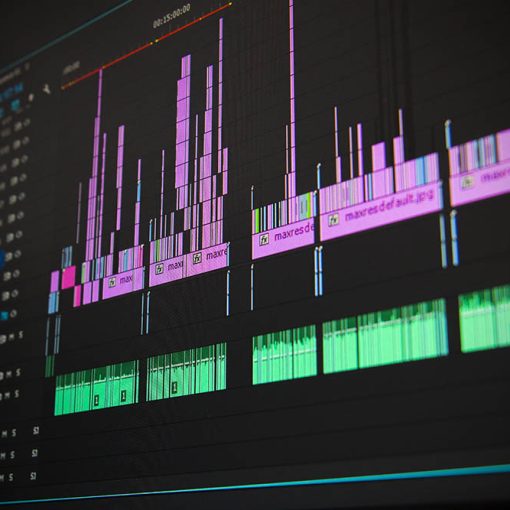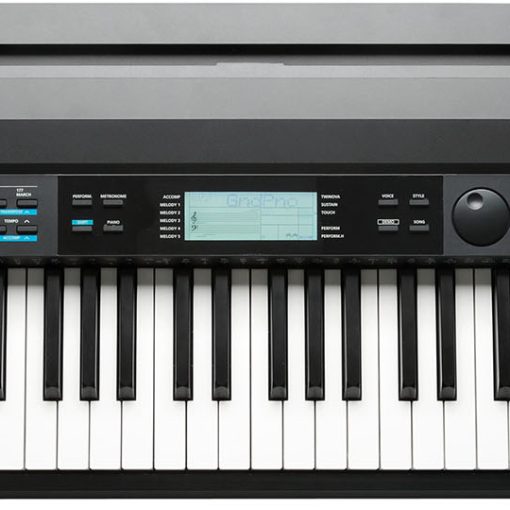In this article we look at the classic Christian hymn “The Lord’s My Shepherd” which was credited to Jessie Irvine, based on text from Psalm 23.
A classic hymn already well-known but shared with a wider audience when it was a chosen hymn at the funeral of Queen Elizabeth II in Westminster Abbey on Monday 19th September 2022.
Here we provide three simple versions of the hymn which can be easily played on a piano or keyboard. The first is simply the melody; the second adds a basic single finger bass line; the third adds right-hand chords.
Overview
The hymn is written in F major with a time signature of 3/4, and here has a tempo of 81bpm, which is quite slow and stately. It can be played somewhat more quickly if so desired.
Melody
Here is the hymn simply written as melody and words to the five verses. Suggested fingering has been given, 1 being the thumb and running consecutively to 5 being the little finger.
Note the B natural in bar 7.

Download PDF file for this manuscript
Download MIDI file of the music
Bass Line
Here we add a very simple bass line requiring only a single note to be played at a time. Most measures consist of a half note followed by a quarter note.
Presuming that you have a good grasp on the melody line, the tempo of the music should be sufficient to easily find the next bass note to play.
Note the B natural in bar 7 for both hands.

Download PDF file for this manuscript
Download MIDI file of the music
Chords
The final version includes mainly three-note chords in the right hand part with the same bass in the left hand part.
Most chord changes occur on the first and third beats of the measure. The melody notes are still given, meaning that the first chord of each bar should be held while the second melody note in beat 2 is played also.
Six B natural notes to look out for, in bars 6 (thrice) and 7 (thrice).
Note there is quite a big jump from the chord in bar 1 to the first chord in bar 2. This could be omitted if preferred, simply playing the first melody note. There is also quite a large jump between the last chord in bar 13 and the first in bar 14.
Be mindful of times when chords change by only one note.
It’s possible to use this version of the music if you want to accompany singers without playing the melody note. In this case, simply ignore the highest note in the right hand part. Alternatively, play each three-note chord held for as long as the lower two notes, omitting any other right hand melody notes.

Download PDF file for this manuscript
Download MIDI file of the music
Technique
As this piece of music is fairly slow, and there are quite few chord changes, make use of the damper (sustain) pedal to help prolong the notes and make the transition between notes smoother. Typically, the technique for doing this is to hold the pedal down and then raise and lower it quickly immediately after the next chord is played. You will improve the technique and reduce any ‘muddy’ note clashes as you practice.
This technique will not work so well when you are playing the melody. In this case, ensure you are playing legato. If you are playing chords and melody, ensure you hold the lower two notes down for their duration while playing the changing upper melody line. This can feel awkward to begin with so ensure you are using good fingering which does not stretch you too much or cause the lower notes to be lifted.




